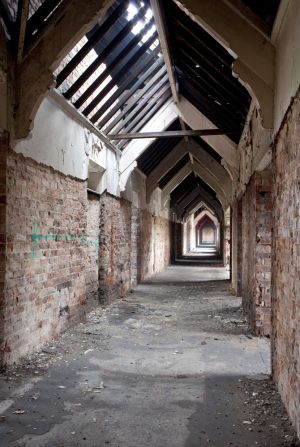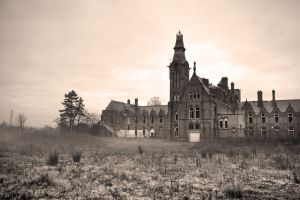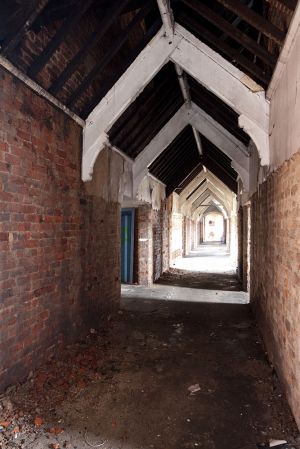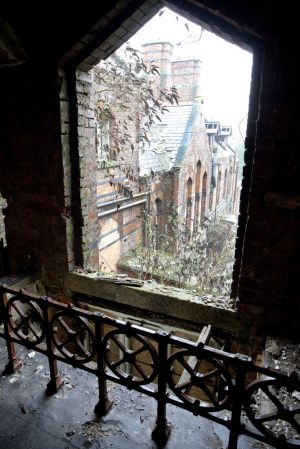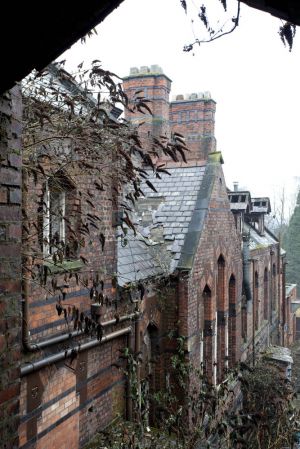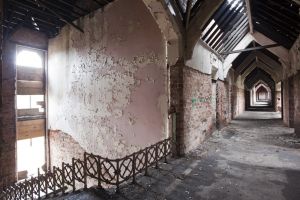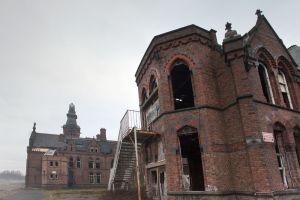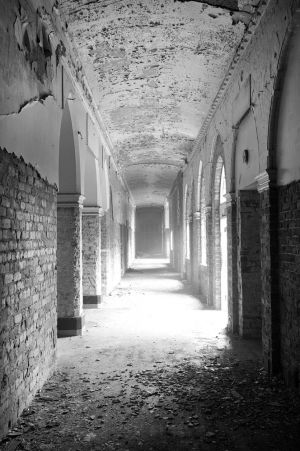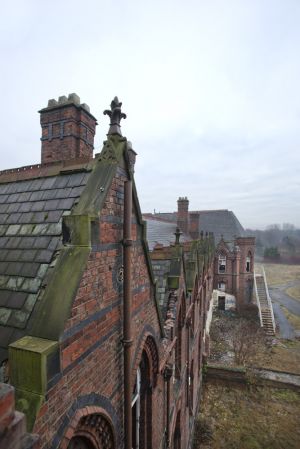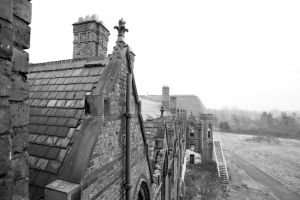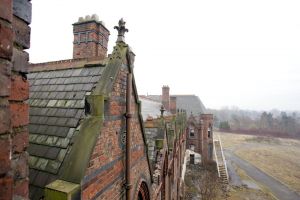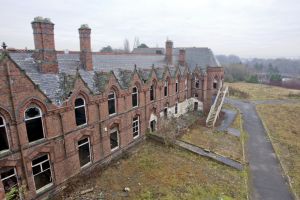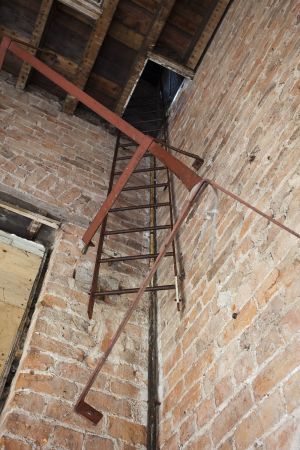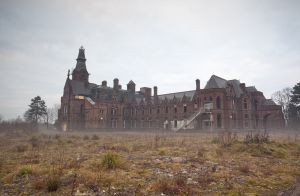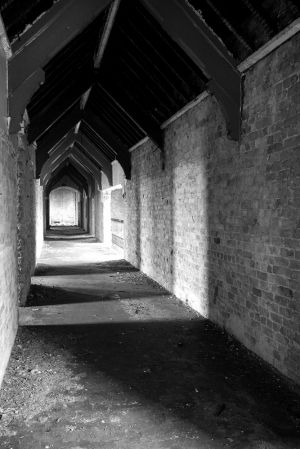Barnes Hospital – Cheadle
The Convalescent Home was constructed by Manchester Royal Infirmary on the rural outskirts of Manchester. The rural location was selected as a recuperating atmosphere away from the industrial smog of Manchester – a rural area which now belies its location, surrounding by major roads on all sides. A donation of £26,000 for the founding of a new convalescent hospital in Cheadle was made in 1869 by Robert Barnes. Construction of the hospital, named the Barnes Convalescent Home, started in 1871 and was completed in 1875. It was constructed of bricks, the clay for which was provided locally.
Broken remains of three stone high crosses were discovered in 1874 during the construction of the hospital. The location of only one of these is known today; this consists of a crosshead of Celtic cross form with a central boss, and dates from the late 10th or 11th century. It is now located in St Mary’s Church, Cheadle. The other two pieces are said to be part of a much older cross, and the upper part of an Anglo-Saxon cross shaft.
The hospital operated through the war caring for injured soldiers and taking in traumas. On the same site of Barnes Hospital there was also a fever hospital where patients withtuberculosis and yellow fever were treated in isolation wards. The main use for the hospital in its later life was for geriatric care and stroke patients. It was estimated the hospital treated tens of thousands of patients over its 115 years as convalescent home.
It closed in September 1999 while Manchester Healthcare Trust was undergoing a £2 million cost cut. In the same year, the hospital received Grade II listed status.

